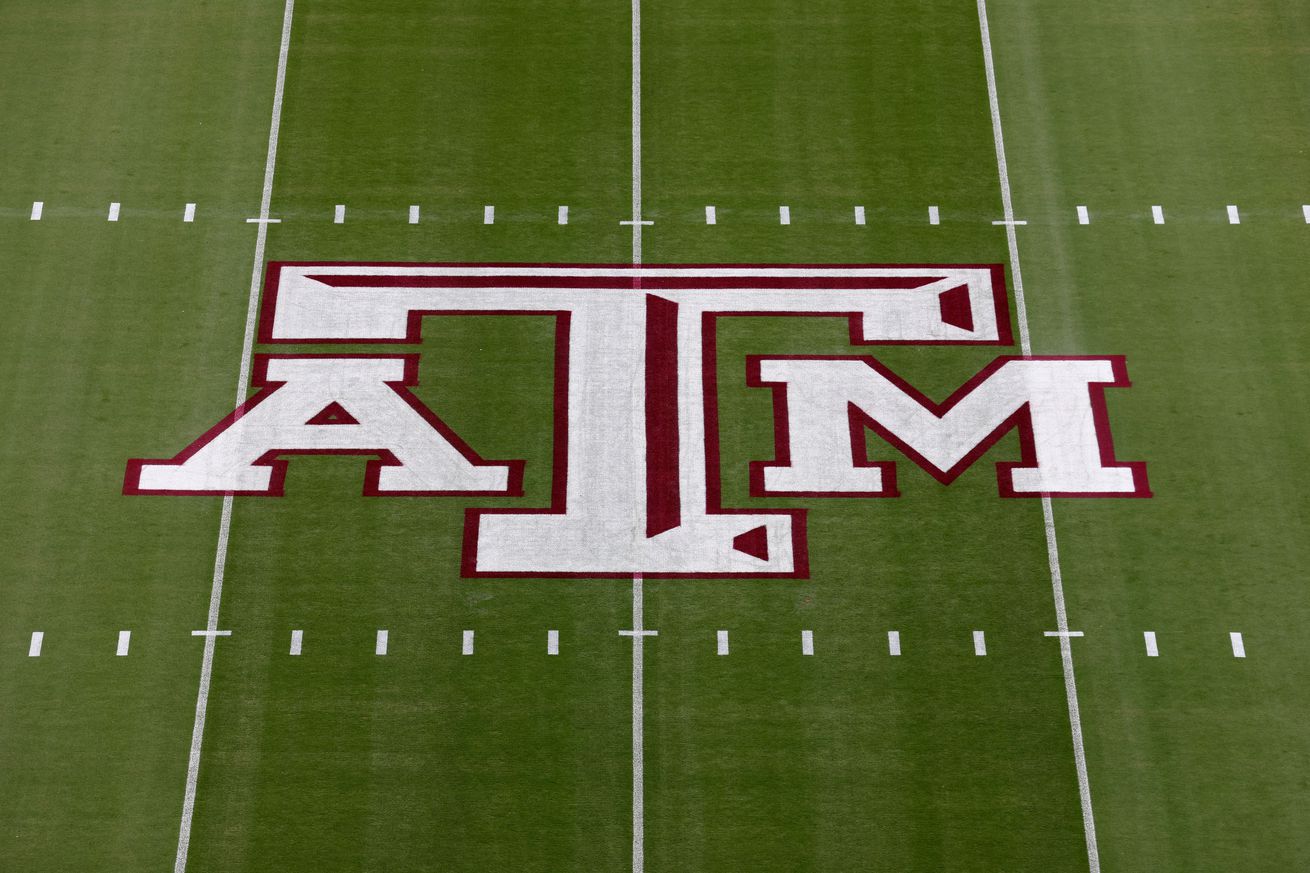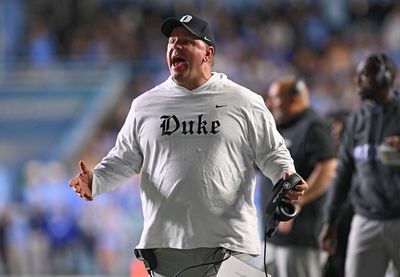
Some college football programs have a ceiling they know they will likely never surpass. A&M is not one of them.
As Texas A&M has gone through the process of firing one coach and hiring another, it has inevitably led to the argument about where the Aggies’ program stands in the heirarchy of college football.
A&M is No. 16 in all-time wins in college football history, sandwiched between West Virginia and Virginia Tech. And as far as history goes, that sounds about right. A&M has had good stretches and bad stretches, but rarely sustained great ones. That’s especially true in the 21st century, in which the Aggies have yet to even play for a conference title and have only two top 10 finishes to their name. Given that, it’s understandable for casual sports fans to assume that the “good but not great” program that Texas A&M has been is what they will continue to be. And to some, all that they should expect to be.
Enter Mike Leslie, a sports anchor on Dallas ABC affiliate WFAA.
Texas A&M believes it should be among the elite in college football.
Based on what? pic.twitter.com/AAuaDCC4CX
— Mike Leslie (@MikeLeslieWFAA) November 28, 2023
Nothing Leslie says is factually incorrect, but the logic of his argument is where his fallacy lies. When asking “based on what?,” the measuring stick shouldn’t be the wins and losses of prior regimes. Sports teams succeed and fail based on the resources, talent, effort and leadership put in today, not what previous versions of that team have done in the past. Are there teams who have sustained greatness over long periods? Absolutely, because they’ve built a structure that gives them built-in advantages over the majority of opponents they’ll face. So yes, there are dynamics at play in college football that can affect a teams’ ability to succeed, but in virtual every instance, those factors actually increase Texas A&M’s potential to succeed, not hinder it.
Resources

Photo Illustration by Sheldon Cooper/SOPA Images/LightRocket via Getty Images
People don’t like to hear it, but in college football (like most aspects of life), money is a virtual prerequisite for sustained success. You need money to spend hiring the best coaches and staff, money to spend on recruiting the best players (and today, signing them to NIL deals). You need money to invest in facilities to help develop those players and give them every advantage over your opponent. The most funded team is not always the best one, but the best ones are almost always among the most funded.
The bottom line is that for most college football programs, competing for national championships consistently is a pipe dream because financially, they’re fighting with one if not both hands tied behind their back. That is not the case at A&M. We’re only a decade removed from a nearly $500 million stadium renovation, and a $250 million facilities upgrade, including a renovated football complex and the largest indoor practice facility in the country, is currently underway. Big money donors and a lucrative SEC television contract ensures that Texas A&M will continue to have among the best resources in college football for the foreseeable future.
Geography

In recruiting, as in real estate, location matters. You can have a great program with all of the bells and whistles, but if your campus is a thousand miles away from the players you’re recruiting, that can often be a deal-breaker. Luckily for the Aggies, College Station is a mere 90 minutes away from Houston and less than three hours from Dallas/Fort Worth, two of the biggest recruiting hotbeds in the country, as well as a hop skip and a jump from Louisiana.
Geography is why Oregon, despite top-notch facilities, Nike money and some major success in recent years, has never reeled in a top 5 recruiting class. Texas A&M had multiple in Jimbo Fisher’s tenure alone.
Coaching

Photo by Grant Halverson/Getty Images
Now comes the tricky part. You can have all of the advantages listed above, but it won’t matter very much if you don’t have the right coach/staff in place to take advantage of it. Those advantages can be nullified very quickly if coaches do not instill a winning culture and provide schemes that put those players to their best use. This is the area where Texas A&M has struggled, with every hire this century, from Dennis Franchione and Mike Sherman to Kevin Sumlin and Jimbo Fisher, coming up short. The good news? This is the easiest part to fix. If you don’t have the resources, you likely never will barring some cataclysmic shift in your program/college football as a whole. And you definitely can’t change where you’re located. But you can change your coach, as the Aggies have just done by bringing in Mike Elko.
When you examine the ingredients needed for a top football program in 2023, Texas A&M has them all in spades just waiting for the right coach to take advantage of it. Nobody has explained that better than 247 Sports’ Josh Pate.
The right coach will dominate at Texas A&M because it’s an elite job
They’ve just never hired him pic.twitter.com/jqBG6MbAKZ
— Josh Pate (@LateKickJosh) November 13, 2023
Florida State was in an even bigger conference title drought than the Aggies are currently in when Bobby Bowden was hired in 1976. Miami was an awful program until Howard Schnellenberger and Jimmy Johnson launched them into the stratosphere in the ‘80s. Florida was exceptionally mediocre until they hired Steve Spurrier in 1990. It had been 19 years since Clemson’s last 10-win season when Dabo Swinney took the full-time job in 2009. The examples of a great job simply needing the right coach to turn into a great program are littered throughout the history of college football.
Are championships a foregone conclusion under Mike Elko? Of course not, there’s no such thing as a “sure thing” in coaching hires. But given what Aggies pour into this program to help ensure its success, it’s not foolish to think they are possible. The only fools are the ones counting this program out.